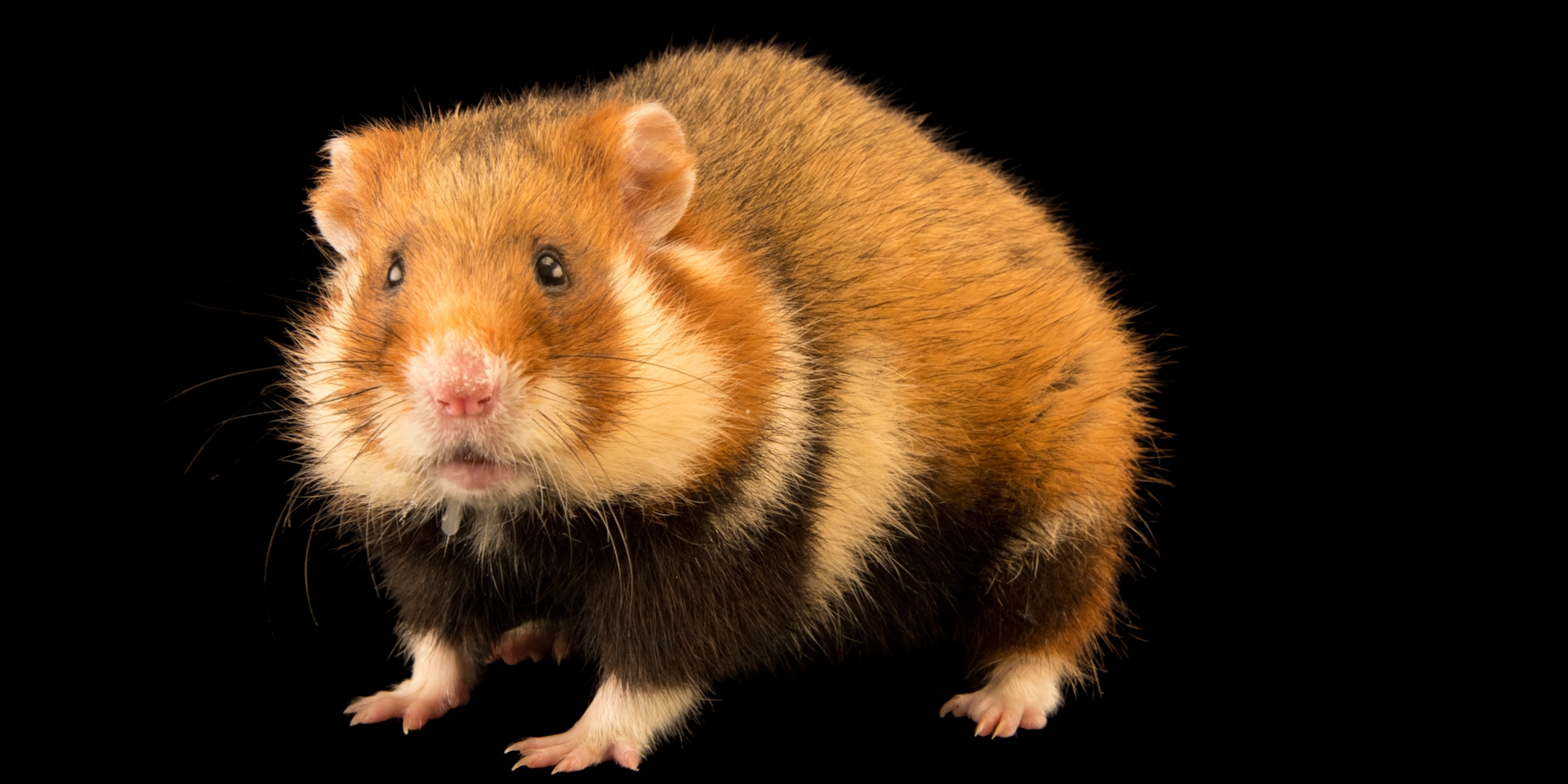
Effective Ways to Build an Indoor Rabbit Enclosure in 2025
Creating an indoor rabbit enclosure is essential for promoting the well-being of your pet. An appropriate setup not only provides a comfortable living space, but also enhances rabbit care through stimulation and safety. As we look toward 2025, new approaches and innovations in building cozy, safe, and enriched habitats for our furry friends are on the rise. The right indoor rabbit enclosure can transform your pet's life, allowing them to express natural behaviors while keeping them sheltered and secure.
In this article, we’ll explore various effective ways to create an ideal indoor rabbit enclosure, highlighting essential components like rabbit bedding, ventilation, and safety measures. We'll cover everything from aesthetic designs to practical features that make the enclosure both functional and delightful. As you read on, you’ll discover how to create a spacious indoor rabbit habitat that meets all your bunny’s needs, ensuring their health and happiness.
Key takeaways will include tips on choosing the right indoor rabbit supplies, understanding rabbit behavior, and making the enclosure an enjoyable space for socialization and play. Let's hop to it!
Essential Components of a Spacious Rabbit Habitat
Building an effective indoor rabbit enclosure starts with understanding the essential components. A spacious rabbit habitat should encompass not just size, but also comfort, safety, and stimulation. When designing your rabbit cage or hutch, consider dimensions that provide enough room for your rabbit to move, stretch, and engage in activities.
Choosing Rabbit-Friendly Materials
The materials you select for your indoor rabbit enclosure play a crucial role in your pet's overall comfort and safety. Utilize rabbit-friendly materials that are free from harmful chemicals. Materials like untreated wood and non-toxic plastic are safe alternatives for constructing crates or cages. If you're creating multiple levels or platforms, ensure these structures are sturdy and secure, preventing any potential falls and injuries.
Creating an Aesthetic Indoor Rabbit Space
Make your indoor rabbit habitat visually appealing while being functional. Utilizing calming colors and decorations that resonate with your personal taste will help create a cozy rabbit space. Incorporate toys and climbing structures to stimulate your rabbit’s play instincts. This not only enriches their environment but also promotes positive behaviors.
Incorporating Ventilation and Lighting
Proper ventilation in rabbit cages is vital for maintaining a healthy indoor environment. Ensure good airflow through windows or vents in the enclosure to prevent any buildup of odors or humidity. Additionally, consider strategically placing the enclosure near natural light sources to enhance the rabbit's mood and well-being, but avoid direct sunlight exposure that may overheat the habitat.
Rabbit Care Essentials for Indoor Enclosures
With the foundational aspects of your indoor rabbit enclosure established, it's time to delve into the rabbit care essentials that will ensure a healthy and happy life for your bunny. Understanding their dietary needs, hygiene practices, and social requirements is vital for pet owners.
Creating an Indoor Rabbit Diet Plan
A balanced diet is crucial for your rabbit's health. Focus on providing high-quality rabbit food, fresh vegetables, and unlimited hay. Pay attention to the nutritional needs based on your rabbit's age and species type. Discuss with a veterinarian for specific dietary recommendations. Regular feeding schedules will also help maintain your rabbit's health.
Maintaining Rabbit Hygiene and Cleanliness
Regular cleaning of the indoor rabbit habitat is essential for rabbit hygiene. Use eco-friendly rabbit cleaning supplies like biodegradable litter and safe disinfectants. Set up a routine for cleaning the enclosure and replacing bedding materials to prevent odors and ensure a healthy environment. Keeping food and water containers clean is also imperative for maintaining health.
Implementing Rabbit Litter Training Techniques
Litter training can significantly improve the cleanliness of your indoor rabbit space. Start by placing a litter box in a corner of the enclosure and use rabbit bedding that absorbs moisture. Stimulate interest in the litter box by placing some of your rabbit's droppings inside. Consistent behavior and positive reinforcement will aid in the process.
Rabbit Exercise Areas and Enrichment Activities
To maximize comfort and stimulation within your indoor rabbit enclosure, it’s important to create designated exercise areas. Encouraging activity not only enhances your rabbit's physical health but also contributes to their overall mental well-being.
Designing Playful Rabbit Spaces
Incorporate playful rabbit spaces within the enclosure—designate specific areas for toys, tunnels, and climbing structures. Using rabbit enrichment toys will keep them occupied and stimulate their curiosity. Monitor their play habits and adapt structures or toys based on their behavior and preferences.
Providing Rabbit-Focused Socialization Opportunities
Rabbits are social creatures and need interaction. Spend quality time with your pet during play sessions outside their enclosure, introducing rabbit bonding activities that help strengthen your relationship. Consider pairing rabbits for companionship, ensuring both are friendly and their personalities complement each other.
Monitoring Rabbit Behavior and Health
Keep an eye on your rabbit's habits as they can provide insight into their health. Changes in behavior could signal stress or health issues. Create activity logs to track their routine and interaction patterns, helping you identify deviations from their norms quickly.

Safety Tips for Indoor Rabbit Enclosures
Understanding rabbit safety is a pivotal aspect of managing an indoor environment. Adhering to safety standards will significantly reduce risks associated with indoor rabbit care.
Rabbit Safety Equipment and Supplies
Invest in rabbit safety gear including sturdy cages, portable rabbit pens, and safety gadgets that help keep your pet secure. Use durable rabbit bedding to prevent accidents and ensure comfort. Assess the containment options regularly to prevent escape and exploration of potentially hazardous areas.
Employing Rabbit Communication Techniques
Learn the basics of rabbit communication to better understand your pet's emotions and needs. This knowledge will help prevent situations that could lead to stress or discomfort. Use gentle tones and movements when interacting with your rabbit, maintaining a calm atmosphere that encourages trust.
Creating Stress-Reducing Conditions
Provide elements in your indoor rabbit habitat that reduce stress, such as calming hiding spots and cozy corners. Being aware of factors that may trigger anxiety can play a crucial role in maintaining a peaceful environment for your rabbit.
Final Thoughts on Indoor Rabbit Enclosures
Designing an effective indoor rabbit enclosure involves a blend of creativity, practicality, and attention to rabbit care principles. From establishing spacious habitats to ensuring safety and suitability, each aspect contributes to a healthy indoor environment for your beloved pet. By fostering rabbit enrichment activities and bonding opportunities, you enhance their lives significantly.
In summary, investing in a well-thought-out indoor rabbit habitat in 2025 can yield happiness and quality for your pet’s life. Embrace these strategies, stay informed about rabbit care advancements, and treat your rabbit with the love and attention they deserve.
 ```
```